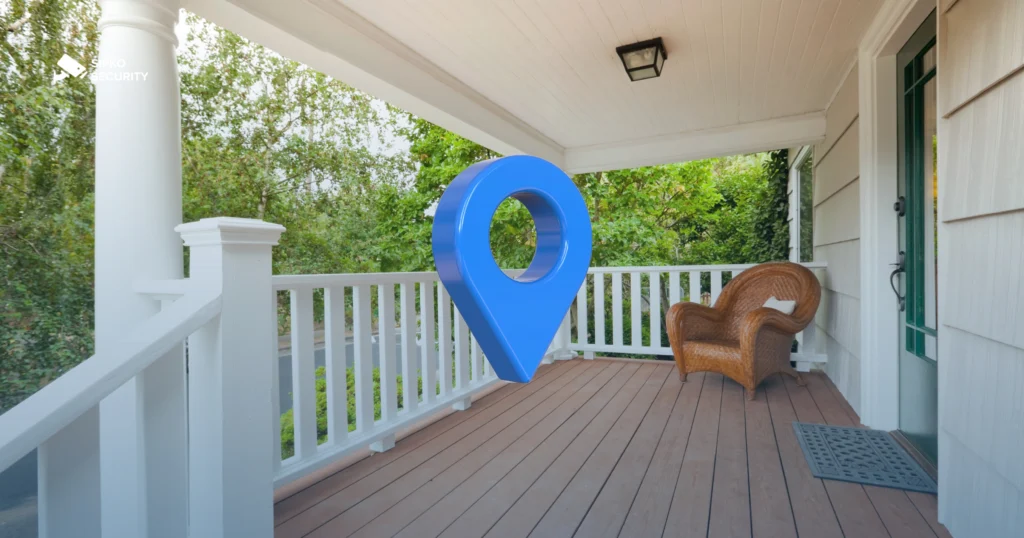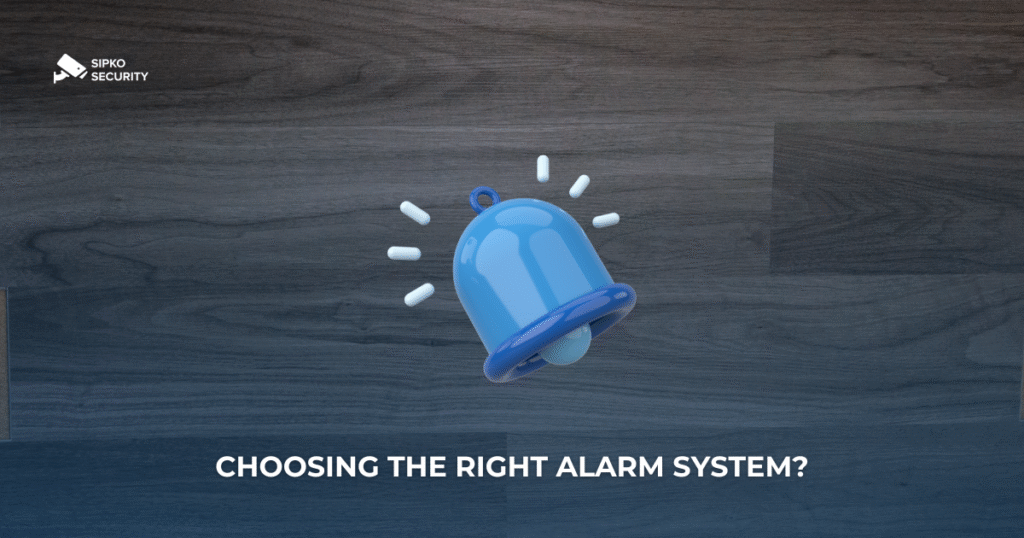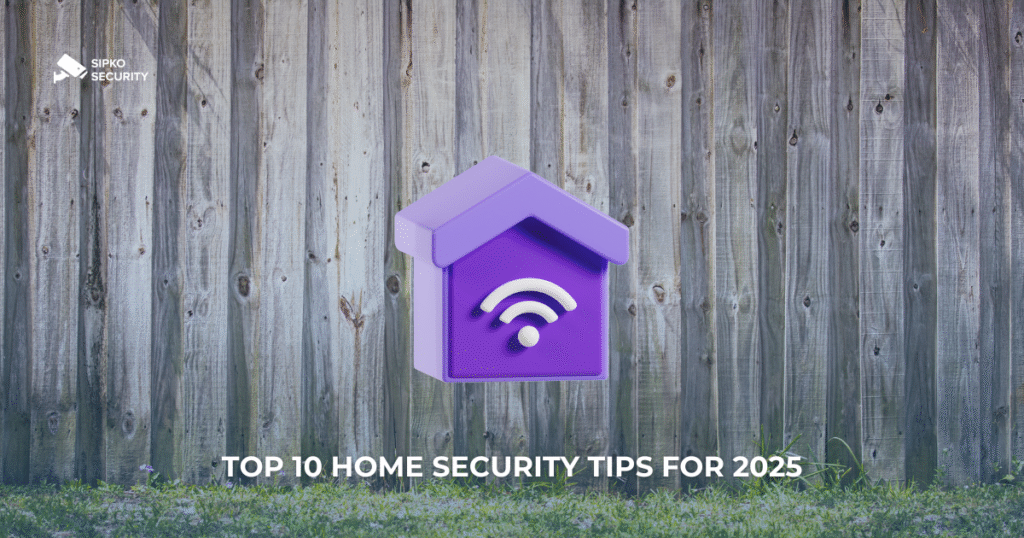It was a quiet Monday morning in Brighton when Angela returned from her school drop off run to find her side gate wide open and muddy footprints near her back door. Thankfully nothing was stolen that time. She had planned to install cameras after her neighbour’s garage was broken into, but like many, she assumed her peaceful street was safe.
Angela’s experience is becoming more common. In the year to March 2025, Victoria recorded over $13 million in residential cash theft, along with $29 million in jewellery stolen, with hotspots including Hawthorn, Balwyn North and Kew (heraldsun.com.au). Moreover, aggravated residential burglaries soared by 18%, often driven by unlocked doors and opportunistic youth offenders (heraldsun.com.au).
In such a landscape, proper CCTV placement is not optional. It is essential. Below, we combine storytelling, hard data and local insights to guide Melbourne homeowners on securing their homes effectively.
The Impact of CCTV: Evidence-Based Insights
Crime Reduction: Long-term studies show CCTV leads to a modest but significant reduction in overall crime, especially in neighborhoods and residential areas (heraldsun.com.au, researchgate.net).
Crime Clearance Boost: On rail networks in NSW, cases where police accessed CCTV footage had an 18 to 20% higher clearance rate, particularly in theft and burglary categories (aic.gov.au).
Detection Rate Increase: In acquisitive crimes like robbery, detection rates jump from under 10% without CCTV to over 55% with useful footage (link.springer.com).
These stats highlight the dual value of CCTV. It deters criminals through visibility and provides actionable evidence when incidents occur.
Key CCTV Camera Placement Zones (Melbourne Homes)
1. Front Door and Porch
Nearly one third of burglars enter through the front door. Eye-level cameras angled downwards capture faces more effectively.
2. Side Gates and Driveways
These access points are often overlooked. Wide-angle cameras here can track pedestrian and vehicle movement, which is especially useful for Brighton homes with laneway access.
3. Back Doors or Sliding Doors
Hidden entry points need infrared cameras for low-light visibility.
4. Perimeter Fence Lines
Larger bayside properties benefit from cameras along the fence line. Motion-activated floodlights can boost deterrence.
5. Garage and Shed Areas
Do not overlook standalone structures. Cameras inside and outside keep tools and bikes secure.
Bonus Tips for Maximum Effect
Install cameras in shaded areas, such as under eaves, to avoid direct sunlight glare.
Test Wi-Fi signal strength before committing to wireless camera locations.
Respect privacy laws and avoid aiming cameras at neighbouring properties.
Local Expertise Matters: Sipko Security in Action
DIY kits are popular, but correct positioning is often overlooked. Sipko Security, serving Brighton and surrounding suburbs, offers tailored CCTV and alarm system installations designed for Melbourne conditions. From weatherproof cameras to optimised coverage, they remove the guesswork.
Conclusion: Coverage Matters More Than Technology
In a state where burglaries and thefts are increasing, strategically placed CCTV can transform your home from a passive target to a proactive defence. The question is not if you should install cameras, but whether they are positioned smartly enough to protect you.
Is your home truly covered where it counts?


